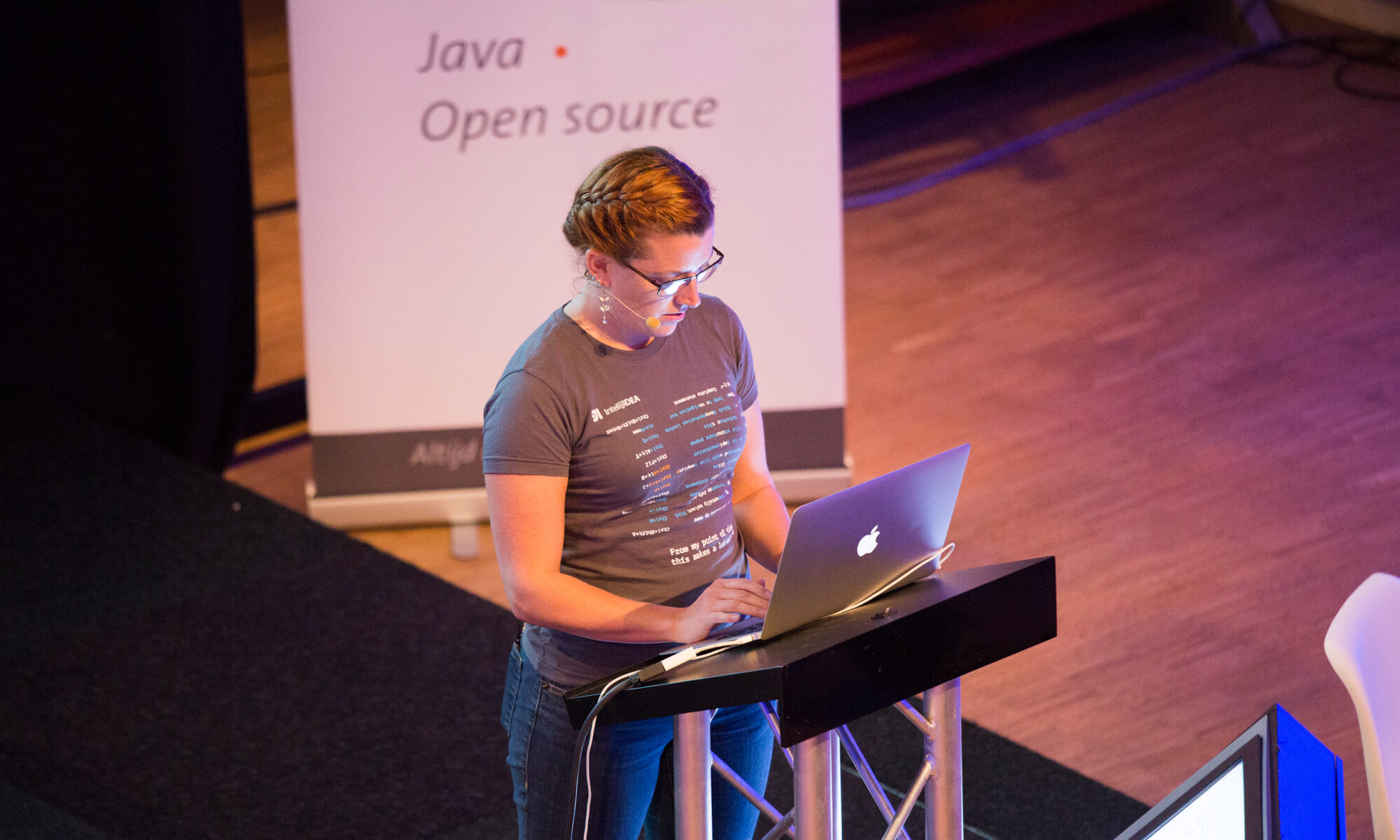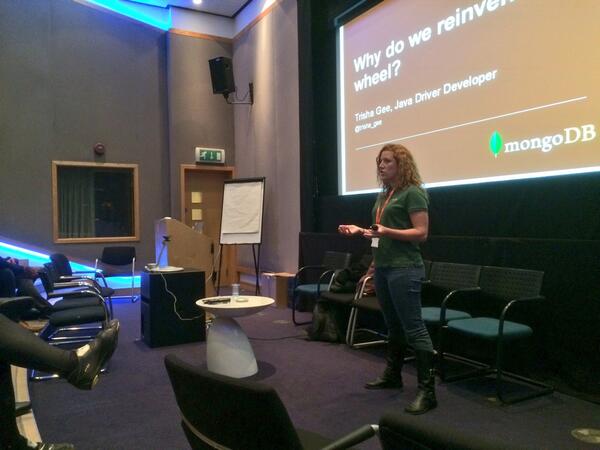When you’re a new speaker, or just starting to consider speaking at conferences or user groups for the first time, it’s easy to become overwhelmed by all the things you worry about when delivering a talk.
You worry about:
- What to talk about
- What level to pitch it at
- How to structure the talk
- Whether to include code in the slides or in live demos
- Your slides (everything about slides - style, format, font, transitions, the number of them, pictures, etc)
- What to wear
- Everything about your voice: how fast to speak, how to pitch your voice, when to breathe, how loud you should speak / how to project your voice
- Whether it’s OK to drink water during the talk and when to do it
- How to stand, whether to walk or hide behind a lectern
- What to do with your hands
- …about a million other things
(This list is not meant to give you more things to worry about! It’s a tiny window onto the things I worried about as a new speaker, and it’s a good reminder for more experienced speakers, and for conferences, that new speakers are worried about a lot of things.)
However, I found a trick that helped me when I started out, and it might help you.
If you go to conferences, or watch conference talk videos, you might notice that a bunch of talks have either good content or good delivery. There are a very small number of talks that have great content and great delivery. And that’s fine! As an attendee, I can only really absorb a few points during an hour long talk, if I was blown away with every presentation during the day of a conference, by the end of the day I would be saturated and exhausted.
Most attendees go to a talk to:
- Get an overview of a topic or technology they don’t know. Afterwards they’ll either dig deeper into it themselves, or discard it as not appropriate for their needs.
- Learn a bit more about a topic or tool they are already using to see if they can use it more effectively
- Be entertained
This is useful to bear in mind when you’re considering topics, prepping the talk, and practicing. It’s also useful to remember when that sea of faces is staring at you.
During my first JavaOne, just before the first time I presented, I saw a bunch of talks that were actually not that well presented at all (in terms of delivery), but I learnt stuff from them. I also saw talks that were very well delivered, that were light on any real content but that I really enjoyed. That made me realise that I didn’t have to be amazing at delivering and have really advanced, well explained, really technical content. I could focus on either content or delivery, and hope the audience learnt a thing or two.
I chose, for my first solo presentation, to focus on delivery. I chose delivery because I knew I was already OK at this, but I also knew what I had to do to be better at it. I had experience speaking to groups of people in different contexts, and I was more comfortable thinking about making sure I spoke slowly and clearly enough and working a bit on my stage presence, rather than freaking out about my slides.
In early presentations I chose to use the default simple Keynote theme, tried to have either a single picture or a small number of words on the slides, and tried to avoid bullet points. I forced myself not to tweak the slide deck once it was drafted, but instead to focus on my delivery. This made me a better presenter and helped me to worry less about the talk (or more accurately, give me a limited sub-set of things to worry about).
I’d say in later presentations, like my live demos, I focus far less on delivery and much more on content. I speak too fast, move too little and don’t make enough eye contact, but I do have what I hope is content that appeals to real world developers and helps people to see how to use things in their day job. And that’s a conscious decision too.
Obviously focusing on delivery doesn’t mean you can get away with having no content! But I have a trick for getting enough content to practice and deliver. I sketch the content into three sections: 1) an intro 2) the main content and 3) a summary. I then split the content into three main points too. These are the three points I’m going to go into in depth, and I’ll also use them in the summary too. Then I just fill in sections: three main points, an intro and a summary. The content may evolve from there but it’s a good trick to get the meat of the talk done.
I also have a rough rule of thumb of a maximum of one slide per minute of the talk. So 50 slides for a 50 minute talk is not going to leave time for questions. Also, that’s a LOT of slides for a 50 minute talk. It only gives you one minute to talk about each slide, so each slide can only have one concept on. Really you want far fewer slides than that (maybe half the number of slides to number of minutes?). And each slide is just a reminder of the things you want to talk about for that minute or two.
Another tip for not stressing about the content: I know you want to make your slides pretty, and I know the conference probably gave you a slide template to use. But don’t mess around with any of that. Use the most simple slide template and have as few words as possible on the slides. Don’t take millions of hours finding or creating the perfect image. Keep it simple. Really.
If instead you’re going to focus on content, it shouldn’t be because you want to look really clever. By focusing on content, I mean having some technical content that the audience is going to learn something from. This might be because you really know the topic well, or you’ve researched it well, or it could be an introductory session on something the audience doesn’t already know. So, if you know a lot about a topic you might choose to focus on how to present that content (e.g. slides, code examples, live demos, etc), rather than worrying about delivery specifics like whether you talk too fast or mumble a bit. The trick with talks on subjects where you know the topic well is often how to cut it down to something that will fit into the time available. Tip: 50 minutes (a standard conference talk time) is not a lot of time. Again, you might want to look at the “hack” of figuring out three points you want the audience to get out of it and limit the talk to that. You can always provide them with links to more in depth information or additional resources.
So. In summary. When you’re starting out, don’t panic about everything you could possibly worry about. As a new speaker, you’re not going to be great at everything. As an experienced speaker I’m not great at everything either! So pick your battles. Decide whether you’re going to focus on content or on delivery. When I say “focus”, I mean “worry”! You’re going to worry about things as a new speaker, decide which subset of things to worry about. If you’re going to focus on delivery don’t do anything complicated like live demos and keep your slides super simple. If you’re going to focus on content, you should be more concerned about how to demonstrate the things you want to talk about and don’t worry so much about the technicalities of presenting.
As you become more experienced, obviously you can change your focus and improve in whichever areas you feel need attention, but when you’re starting I find it helps to focus on either good delivery of a presentation or good content for a talk. Limit the things you’re going to worry about.


